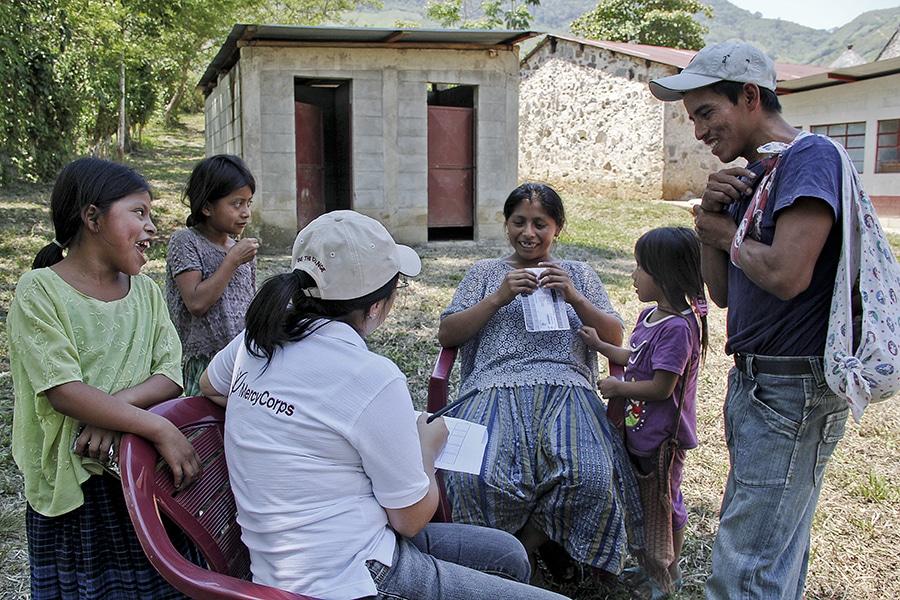The cost of improving nutritional outcomes through food aid programs: Is more and longer better?
- From
-
Published on
20.11.20
- Impact Area
-
Funders
United States of America

BY JEF L. LEROY, JESSICA HECKERT, DEANNA K. OLNEY, SUSAN RICHTER, ELYSE IRUHIRIYE, MARIE T. RUEL AND TRACY BROWN
This post is the fifth in a series on a research project in Guatemala and Burundi that evaluated how to optimize food assistance programs for maximum impact. Read the first piece here, second here, third here, and fourth here.
Food-assisted maternal and child health and nutrition (FA-MCHN) interventions are commonly used in low- and middle-income countries to address problems of hunger, food insecurity, and undernutrition. These programs have been criticized for being too expensive, yet there is little evidence on their cost or cost-effectiveness. Evidence shows that these programs can work, but are the costs reasonable given the size of the impacts?
Photo credit: Mercy Corps
Related news
-

Ensuring water security in Africa requires gender-transformative change at scale
Gender Equality and Inclusion Accelerator13.06.25-
Gender equality
-
Gender equality, youth & social inclusion
Water insecurity impacts agrifood systems across Africa— impacted by climate change, coloni…
Read more -
-

Breakthrough at ICRISAT: World’s First Extreme Heat-Tolerant Pigeonpea Developed via Speed Breeding
International Crops Research Institute for the Semi-Arid Tropics (ICRISAT)09.06.25-
Food security
-
Nutrition
Breakthrough cultivar ICPV 25444, developed through speed breeding, tolerates temperatures of 45°C …
Read more -
-

Agrobiodiversity for People and Planet: How Multifunctional Landscapes Safeguard Diversity, Resilience, and Livelihoods
Multifunctional Landscapes Science Program30.05.25-
Biodiversity
-
Climate adaptation & mitigation
-
Environmental health & biodiversity
-
Food security
-
Health
-
Nutrition
Agriculture and food systems have significantly affected over 75% of Earth's land surface, polluted …
Read more -
